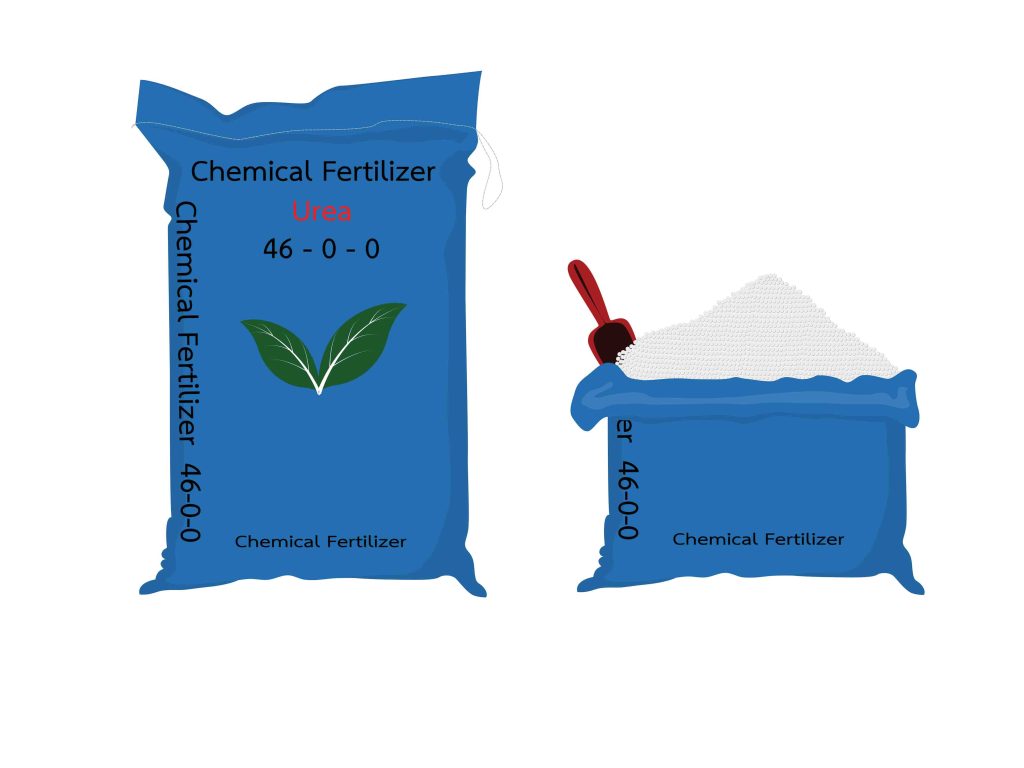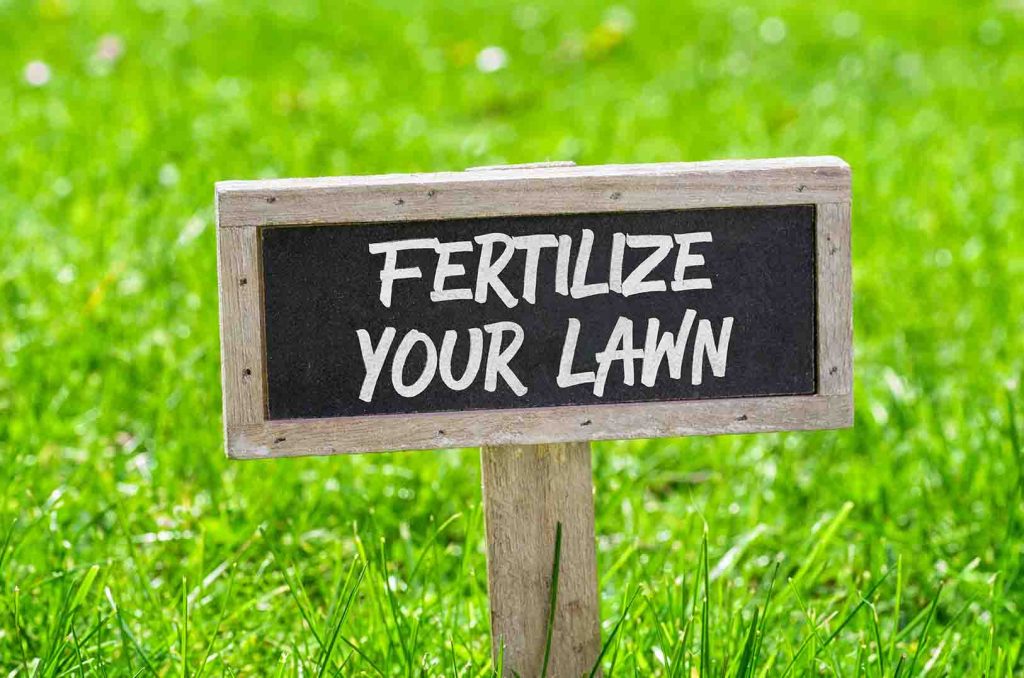Achieving a healthy and thick lawn can be challenging if you don’t have the right information. One of the most important parts of lawn maintenance is fertilization. It is not enough to just buy any fertilizer you find and hope it gets the job done. Different fertilizers have different compositions, and it’s important to understand what your lawn needs before making a purchase. The Tuxedo team is here to discuss the significance of the NPK nutrients and why it is so important that you understand them before purchasing a lawn fertilizer.
What Is NPK?

NPK stands for nitrogen, phosphorus, and potassium, which are three essential macronutrients that plants need to grow. The letters, “NPK,” refer to the chemical symbols for each of these nutrients. These nutrients are often required in larger quantities than others, hence the reason they are referred to as macronutrients. All good lawn fertilizers will include an array of various nutrients, but none are as important as the NPK nutrients!
While soils naturally contain a certain amount of NPK nutrients, these concentrations are often insufficient to produce lush, vibrant lawns. Numerous factors, including weather patterns and soil type, may deplete essential nutrients from the soil. As grass grows, it consumes the nutrients from the soil, and if those nutrients are not adequately replenished, the grass may become weak, thin, or susceptible to disease. This is why fertilization is essential in supplementing the naturally occurring nutrients in the soil, providing lawns with the nutritional boost needed to maintain healthy growth.
Understanding The NPK Ratio

The NPK ratio present in a bag of fertilizer is indicated by three numbers you often see on the fertilizer packaging. The first number will always represent the percentage of nitrogen, the second is for phosphorus, and the third is for potassium, with each being expressed as a percentage of the total weight of the fertilizer.
Every lawn and plant requires a different NPK ratio, and understanding this ratio will help you determine the right fertilizer for your lawn. For example, a fertilizer labeled 10-10-10 contains equal parts of nitrogen, phosphorus, and potassium. On the other hand, a fertilizer labeled 5-10-5 contains half the amount of nitrogen compared to phosphorus and potassium. Ratios can differ much more widely than this, as each macronutrient plays a different role and addresses the unique needs of a lawn.
Nitrogen (N)
Nitrogen is the most important nutrient for your lawn’s growth and is responsible for giving your grass its green color. This nutrient promotes leaf and stem growth, which makes the lawn thicker and more lush. It plays a critical role in photosynthesis by assisting in chlorophyll production, which is also the source of the green color in the grass blades. Lawns that lack nitrogen may appear short, patchy, and yellow. However, too much nitrogen can burn your lawn, causing damage that can take weeks to recover from (commonly known as fertilizer burn). A well-balanced fertilizer should have enough nitrogen to keep your lawn green and healthy but not too much that it causes extensive damage.
Benefits Of Nitrogen:
- Greener grass
- Taller growth
- Quicker growth
- Denser lawns
Phosphorus (P)
Phosphorus is mainly responsible for developing strong root systems in your lawn. This nutrient is essential for seedling development and establishment as it helps the plant in utilizing other nutrients. Typically, only a small amount of phosphorus is needed for lawns to grow well, which is usually around 1-2% of the overall fertilizer mix. Phosphorus levels in the fertilizer can be increased for new lawns that were recently seeded or for grass that has been recently overseeded. Without the development of strong roots, especially in the early stages of grass development, lawns will be unable to absorb and store vital nutrients, leading to stunted growth.
Benefits Of Phosphorus:
- Strong roots
- Deeper roots
- Improves soil
- Transports nutrients
Potassium (K)
Potassium is necessary for drought and disease resistance in lawns, giving it the designation of the “stress nutrient.” This nutrient helps your lawn withstand drought, disease, pest damage, and extreme temperatures. In general, potassium helps grass and plants recover from damage of any type. While nitrogen and phosphorus are best used during the growing season, fall applications of potassium can help strengthen your lawn during the cold months when growth is slow. Potassium percentages generally vary from 0% to 60% depending on the fertilizer, with around 50% being a robust ratio for any lawn.
Benefits Of Potassium:
- Drought resistance
- Disease resistance
- Stronger grass
- Strengthens cell walls
Other Important Nutrients

In addition to the NPK nutrients, a good fertilizer should also contain other essential nutrients such as calcium, magnesium, sulfur, iron and more. It is believed by most lawn care experts that there are up to 17 essential micronutrients that should be present in all lawn fertilizers. These nutrients help maintain proper soil pH, improve root growth, and enhance the effectiveness of the NPK macronutrients in the fertilizer. However, these are micronutrients and are required in smaller quantities than the NPK macronutrients. An excess in micronutrients could hinder the effectiveness of the NPK nutrients.
The Importance Of Professional Lawn Fertilization

Fertilizing your lawn can be overwhelming, especially if you don’t have the right knowledge to guide you. Professional lawn fertilization is an essential step to ensure that your lawn gets the right amount of nutrients it needs at the right time. Lawn care companies have certified personnel who test your soil to determine the nutrients your lawn needs, which they’ll then use to determine the appropriate fertilizer treatment.
If you need professional fertilization services in the northern Utah area, call Tuxedo Yard Care today! We always treat our customers, and their lawns, exactly the way they want to be treated!



